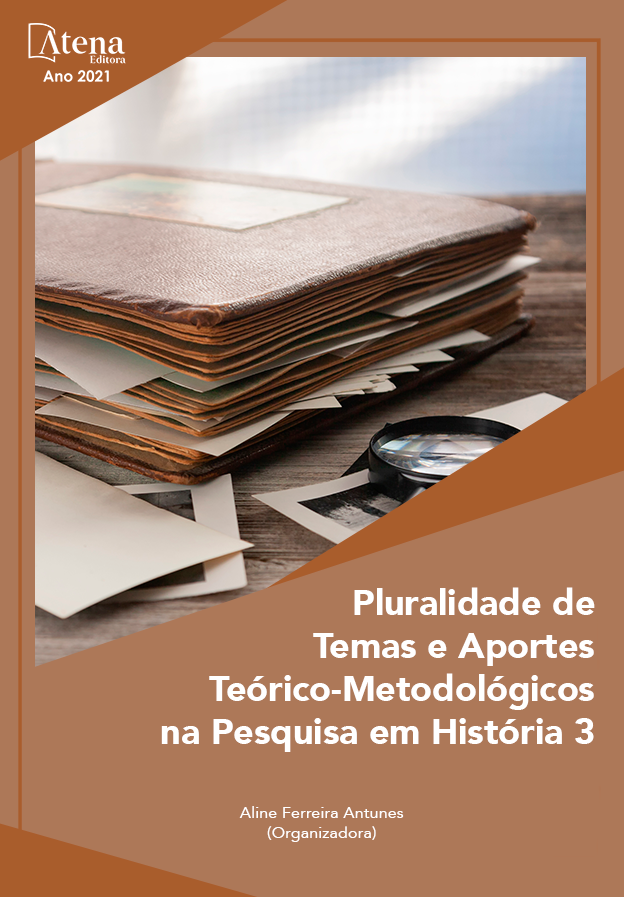
IMPRENSA COMO FONTE E AGENTE HISTÓRICO: USOS D’A MATUTINA MEYAPONTENSE PARA UMA HISTORIOGRAFIA DA DECADÊNCIA
O presente trabalho visa tecer considerações e exemplos concernentes ao uso do periódico goiano A Matutina Meyapontense para tratar da decadência, um problema historiográfico intensamente discutido nos estudos sobre história de Goiás. O referido impresso foi editado no então arraial de Meia Ponte (atual Pirenópolis) entre os anos de 1830 e 1834. De propriedade de Joaquim Alves de Oliveira, rico comerciante e proprietário de terras e editado pelo clérigo Luiz Gonzaga Camargo Fleury, a Matutina foi o primeiro periódico de Goiás e do Centro-Oeste. A decadência foi escolhida como eixo norteador do presente estudo porque esta era uma questão discutida em Goiás desde o início do século XIX, fazendo parte dos debates na própria Matutina e em outras fontes coevas - portanto, estudar e observar como a Matutina pode ser utilizada enquanto fonte para se discutir o problema da decadência pode trazer luz a questões teórico-metodológicas mais amplas sobre os usos dos impressos para se fazer história da (e com a) imprensa.
IMPRENSA COMO FONTE E AGENTE HISTÓRICO: USOS D’A MATUTINA MEYAPONTENSE PARA UMA HISTORIOGRAFIA DA DECADÊNCIA
-
DOI: 10.22533/at.ed.05921190313
-
Palavras-chave: Goiás; imprensa; historiografia; decadência
-
Keywords: Goiás; press; historiography; decline
-
Abstract:
The present study aims to make some observations regarding the many uses of the newspaper Matutina Meyapontense in order to analyze the notion of decline, a hotly debated concept of the historiography of Goiás. This newspaper was printed at the then called Arraial de Meia Ponte (currently known as Pirenópolis) between 1830 and 1834. Having Joaquim Alves de Oliveira as its proprietor and edited by the clergyman Luiz Gonzaga Camargo Fleury, the Matutina was the first journal of Goiás (and of the entire Brazilian Middle-West as well). Decline was the term chosen as the guideline of this work because it was highly discussed in Goiás since the early 1800’s, and these discussions are often present in the pages of the Matutina and in other sources from the XIX century. Therefore, this newspaper can be studied as an important source, which can bring relevant questions in the fields of theory and methodology of history.
-
Número de páginas: 18
- Matheus de Araujo Martins Rosa


